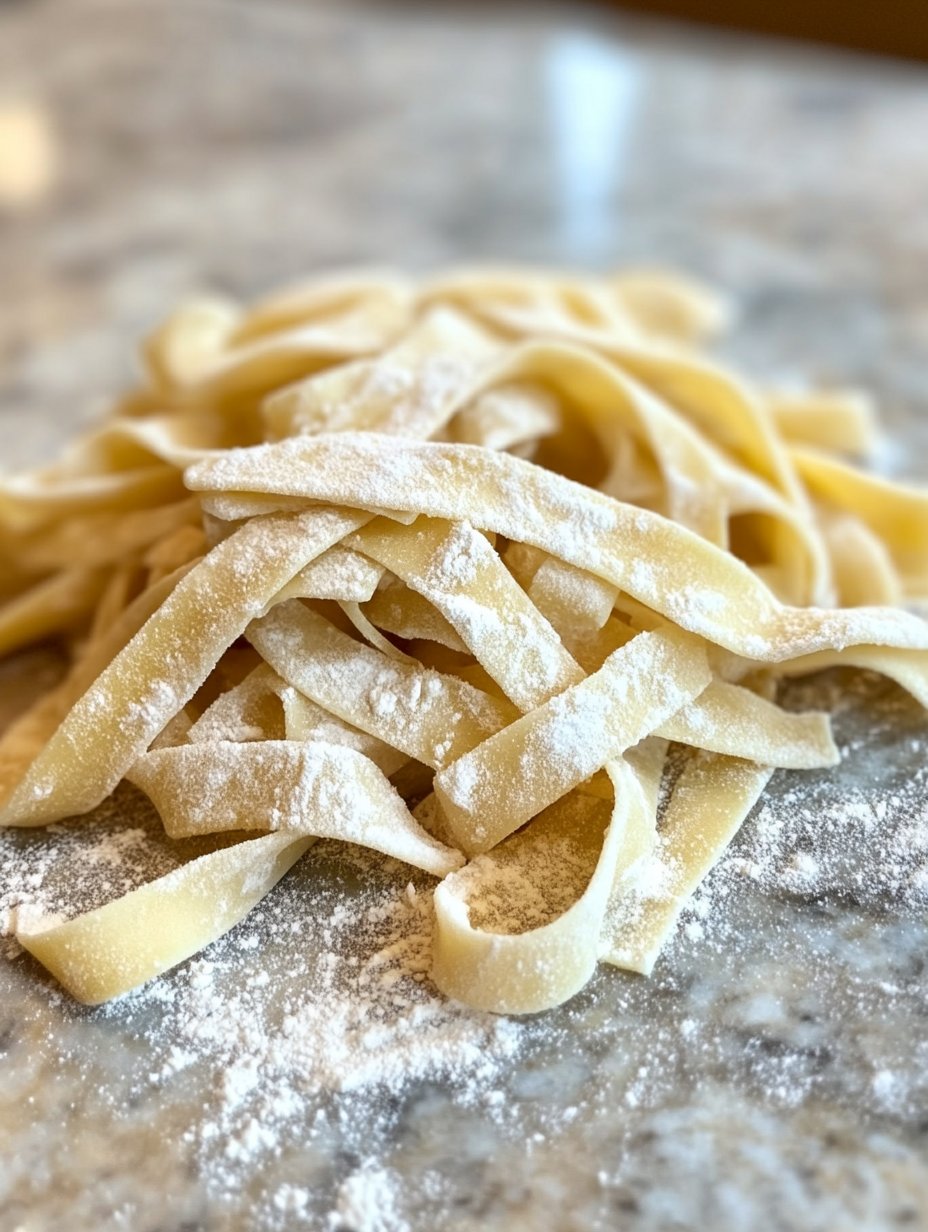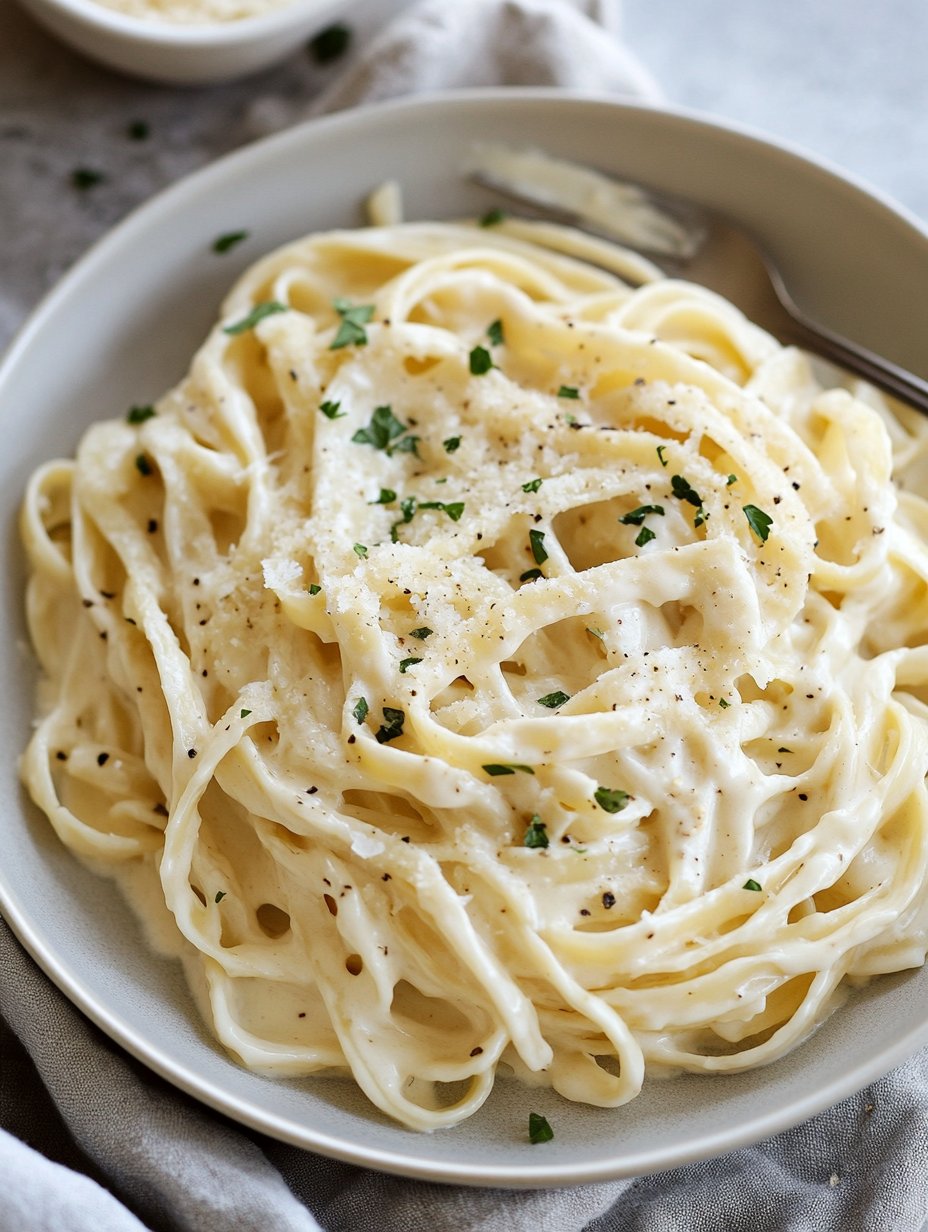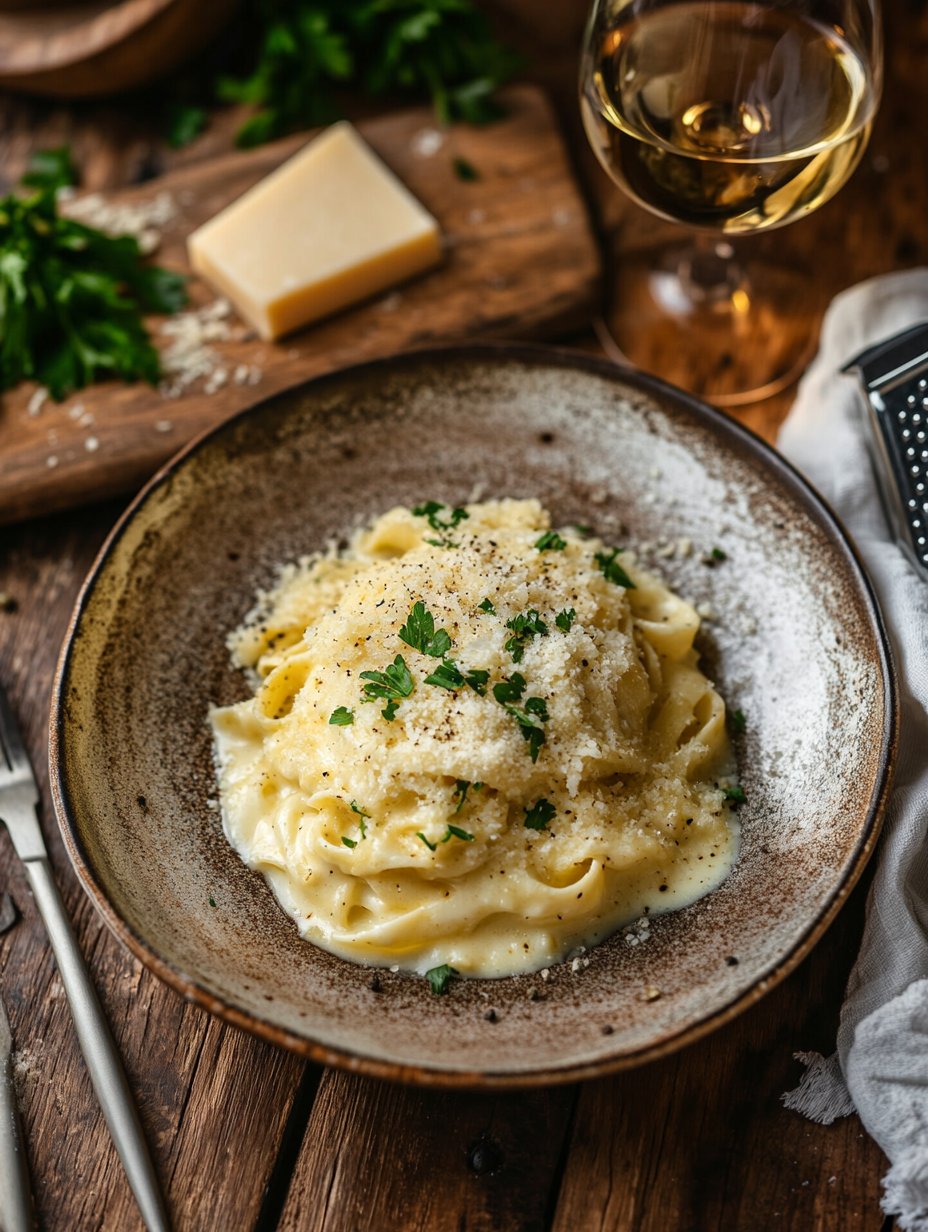Fettuccine Alfredo is a classic Italian dish that has captured the hearts and palates of pasta lovers around the world. Originating from Rome, this creamy delight is traditionally made with fettuccine pasta, butter, and Parmesan cheese.
The simplicity of Fettuccine Alfredo's ingredients showcases the elegance of Italian cuisine, emphasizing quality and flavor over complexity. This dish became popular in the United States after Hollywood stars Douglas Fairbanks and Mary Pickford tasted it on their honeymoon in the 1920s, bringing the recipe back to America.
Over time, the American version has evolved to include cream for an even richer texture. Making the best homemade Fettuccine Alfredo is about balancing the creamy sauce with perfectly cooked pasta. For those who seek authenticity, sourcing high-quality Parmesan cheese and real butter is key.
Whether you are preparing a romantic dinner for two or hosting a family gathering, this Fettuccine Alfredo recipe promises to deliver a comforting meal that will impress your guests. For more about the history of Fettuccine Alfredo, you might check out History of Fettuccine Alfredo from The New York Times.
Ingredients for The Best Homemade Fettuccine Alfredo Recipe
- 12 oz fettuccine pasta
- 1 cup heavy cream
- 1/2 cup unsalted butter
- 1 cup grated Parmesan cheese
- Salt, to taste
- Freshly ground black pepper, to taste
- Chopped parsley, for garnish

Instructions for Making The Best Homemade Fettuccine Alfredo Recipe
- Bring a large pot of salted water to a boil. Add the fettuccine and cook according to the package instructions until al dente. Reserve 1 cup of the pasta water, then drain the pasta.
- In a large skillet over medium heat, melt the butter. Add the heavy cream and bring to a simmer, stirring occasionally.
- Reduce the heat to low and add the grated Parmesan cheese, stirring until the cheese has melted and the sauce is smooth. If the sauce is too thick, add reserved pasta water, a little at a time, until the desired consistency is reached.
- Add the cooked fettuccine to the sauce and toss to coat the pasta evenly.
- Season with salt and freshly ground black pepper to taste.
- Serve immediately, garnished with chopped parsley.

Nutritional Information
Understanding the nutritional content of your Fettuccine Alfredo can help you make informed dietary choices. A typical serving of this dish contains approximately 800 calories, making it a rich and indulgent meal.
The majority of these calories come from carbohydrates and fats, with the pasta providing about 80g of carbs and the creamy sauce contributing significantly to the fat content. You'll also find that Fettuccine Alfredo is a good source of calcium and protein, thanks to the Parmesan cheese and cream.
However, it is important to enjoy this dish in moderation, especially if you are watching your intake of saturated fats and calories. For more detailed nutritional information, you can refer to Healthline's nutrition database for a comprehensive breakdown of typical pasta dishes.
Wine/Beverage Pairings With The Best Homemade Fettuccine Alfredo Recipe
The creamy richness of Fettuccine Alfredo pairs beautifully with a crisp, refreshing beverage. A classic choice is a chilled glass of white wine, such as a Chardonnay or Pinot Grigio, which complements the creamy sauce without overpowering it.
For non-alcoholic options, consider a sparkling mineral water with a slice of lemon or a non-sweetened iced tea, offering a refreshing contrast to the richness of the dish.
Cooking Tips and Variations
To make the best homemade Fettuccine Alfredo, consider a few tips and variations. First, always use fresh pasta if possible as it absorbs the sauce better and provides a more authentic texture.
When it comes to cheese, opt for freshly grated Parmesan rather than pre-grated varieties; the latter often contain anti-caking agents which can affect the sauce's smoothness. If you're seeking a lighter version, substitute half of the cream with milk.
You can also add cooked chicken, shrimp, or vegetables such as spinach or mushrooms for added protein and nutrients. Another variation includes a dash of nutmeg, which complements the creaminess of the dish beautifully.
Remember, the key to perfect Fettuccine Alfredo is timing: serve it immediately after preparation to avoid the sauce thickening or separating.

Serving Suggestions
Serving the best homemade Fettuccine Alfredo starts with presentation and complements. For an authentic Italian experience, serve the pasta on warmed plates to keep the dish at the perfect temperature.
A side of garlic bread or a fresh green salad with a light vinaigrette can balance out the richness of the Alfredo sauce. Consider garnishing the pasta with additional Parmesan cheese and freshly cracked black pepper for extra flavor.
If you're hosting a dinner party, pair the dish with a selection of Italian antipasti such as olives, artichokes, and marinated vegetables to round out the meal. Remember to serve the Fettuccine Alfredo immediately after preparing to enjoy its creamy texture at its best.
The Best Homemade Fettuccine Alfredo Recipe Health Benefits
While Fettuccine Alfredo is not typically considered a health food, it can be part of a balanced diet when eaten in moderation. The dish provides a good amount of calcium due to its cheese and cream content, which is essential for bone health.
It's also a source of protein, which is vital for muscle repair and growth. However, because it is high in saturated fat and calories, it is best enjoyed occasionally. To make a healthier version, consider using whole wheat pasta for added fiber or reducing the amount of butter and cream.
Adding vegetables like broccoli or peas can boost the nutritional content, providing vitamins and minerals that support overall health.
FAQs About The Best Homemade Fettuccine Alfredo Recipe
Can I use milk instead of heavy cream in Fettuccine Alfredo?
Yes, you can use milk as a lighter alternative to heavy cream. To thicken the sauce, you might need to add a bit of flour or cornstarch.
How can I prevent my Alfredo sauce from separating?
Ensure the sauce is cooked on low heat to prevent separation. Stirring constantly and adding the cheese gradually can also help maintain a smooth consistency.
Is Fettuccine Alfredo gluten-free?
Traditional Fettuccine Alfredo is not gluten-free because it is made with wheat-based pasta. However, you can use gluten-free pasta to make the dish suitable for gluten-intolerant individuals.
In conclusion, crafting the best homemade Fettuccine Alfredo is a rewarding endeavor that brings authentic Italian flavors to your table. With a few quality ingredients and simple steps, you can create a luscious and comforting dish that delights your taste buds. Whether you're adhering to tradition or adding personal twists, this dish is sure to become a favorite in your culinary repertoire. Enjoy the satisfaction of creating a restaurant-quality meal in the comfort of your kitchen, and share the joy of delicious homemade pasta with family and friends.

